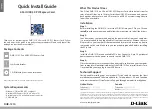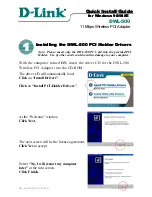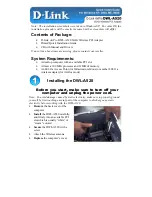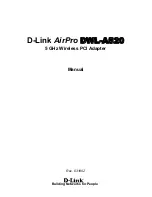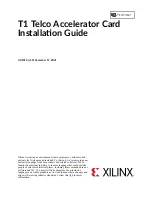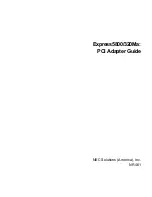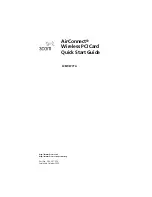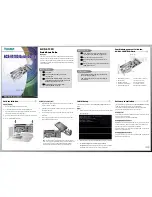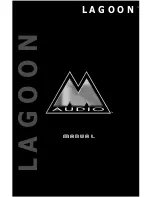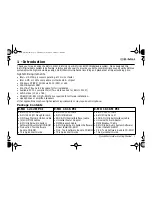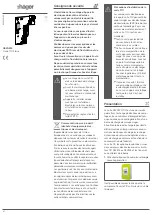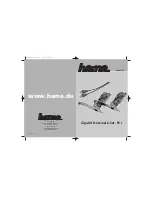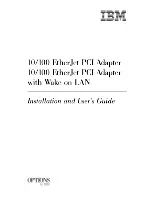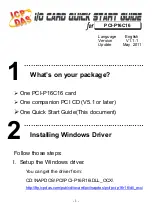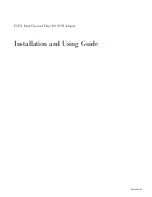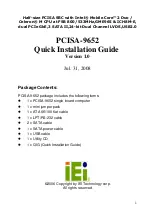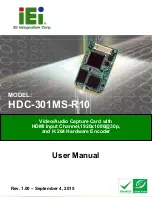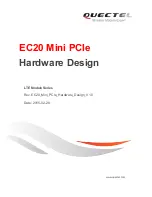
6.
Exchange I/O data with the master device
2. After pushing the “ActiveBoard” button, it
would show the baud rate and all the slave
configurations which are stored in the
EEPROM. The configurations of all slaves
are shown in the “Device in EEPROM” field
and illustrated as device icon. The users can
read and manage the configurations of all
slaves easily.
1. The DIP-Switch on the board means the ID
of this board. The users should make sure
that every board’s ID in your PC is unique.
The drop-down list would show the board’s
ID which the users have set. Please click the
“ActiveBoard” button to active the specific
board which you have selected in the “Board
No” field.
4. Pressing “Add Device” button to add the
slave into the EEPROM. It pops up a “New
Device Configuration” dialog. Please use the
following setting to fit the quick start demo.
MAC ID = 12 , I/O Type = Poll
Input Length = 1 , Output Length = 1
Please press “OK” button to add it.
3. Pressing “Clear All Config” to clear unknown
information. This button would also reset the
baud rate to the default value (125K). It pops
up a dialog to make sure that you want to
clear them. After clearing successfully, the
users should change the baud rate to the
original setting.
PISO-DNS100U Quick Start Manual (Version 1.0, Jan/2010) ------------
6









